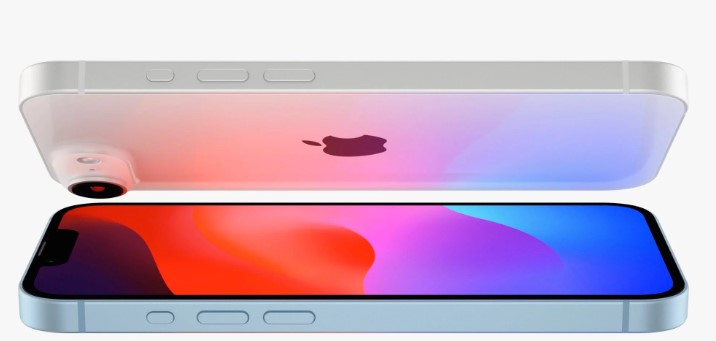Rumors about the iPhone SE 4 have been circulating for months, even though Apple has not officially announced a new iteration of its affordable smartphone line. The upcoming iPhone SE 4 is expected to bring significant upgrades in design, processing power, and battery life compared to the iPhone SE (2022). According to a recent report, the device might use the same OLED display technology as the iPhone 13, albeit with some modifications to reduce production costs.
Display Details and Suppliers
The Elec, a Korean publication, reports that Chinese manufacturer BOE Technology is slated to be the primary supplier of displays for the rumored iPhone SE 4. BOE secured the contract over Samsung, largely due to offering lower costs. It’s anticipated that BOE will provide 60-70 percent of the displays, with LG Display potentially supplying the remainder.
The report suggests that Apple might opt to use the 6.1-inch Super XDR OLED panels initially designed for the iPhone 13. This strategy would help Apple lower manufacturing expenses and streamline production processes. BOE has faced challenges in the past, particularly with producing OLED displays featuring hole-punch cutouts, like those in the iPhone 15. The company is also reportedly encountering difficulties in producing displays for the upcoming iPhone 16, which is expected to debut later this year.
Expected Specifications for iPhone SE 4
Leaks indicate that the iPhone SE 4 may feature a radical design overhaul, moving away from the traditional home button design in favor of a more contemporary look. The device is rumored to include a 6.06-inch OLED display with a 60Hz refresh rate.
In terms of camera specifications, the iPhone SE 4 could sport a single 48-megapixel rear camera. It is expected to be powered by Apple’s next-generation A18 chipset, with options for 6GB or 8GB of LPDDR5 RAM. Unlike previous models, the SE 4 is anticipated to support Face ID instead of Touch ID and is likely to feature a USB Type-C port. This change would align with the European Union’s Digital Markets Act (DMA), which mandates the standardization of charging ports across devices.
As the release date approaches, further details about the iPhone SE 4’s features and specifications are expected to emerge. Until then, consumers can look forward to a potentially more affordable, yet technologically advanced, addition to Apple’s smartphone lineup.

